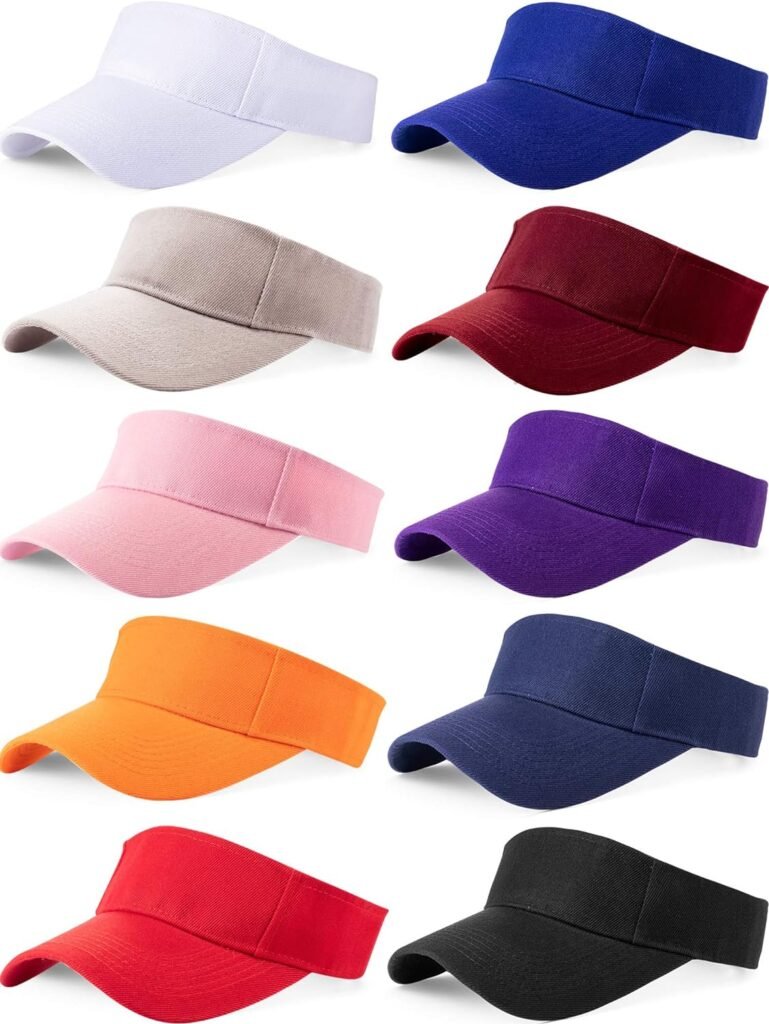Visors have become an integral part of various domains, serving both functional and aesthetic purposes. From their origins to modern-day applications, visors have evolved significantly. This article delves into the history, types, and functionalities of visors, highlighting their impact across different fields.
A Brief History of Visors
The term “visor” originates from the Old French word “visere,” meaning a front or face piece. Historically, visors were first used as part of helmets in medieval times. These visors were designed to protect the face during combat, offering a movable component that could be lifted for better visibility or lowered for protection. The design of these early visors was crucial in battles, as they provided warriors with a blend of visibility and protection.
As time progressed, visors began to appear in different forms and functions. By the 19th and 20th centuries, visors became more specialized, appearing in sports, fashion, and even automotive design. Each application brought its own set of requirements, leading to diverse visor designs that catered to specific needs.
Types of Visors
Sports Visors
Sports visors are perhaps one of the most recognized types of visors today. These visors are commonly seen in activities such as baseball, cycling, and American football. Designed primarily for protection and performance enhancement, sports visors shield athletes from the sun’s glare, reducing the risk of eye strain and improving visibility. In sports like football, visors also offer protection from impact, preventing injuries from debris or accidental pokes.
Fashion Visors
In the realm of fashion, visors have carved a niche as trendy accessories. Fashion visors are often made from lightweight materials and come in various styles and colors, appealing to different tastes. They provide a stylish way to protect the face from the sun while adding an element of flair to an outfit. Fashion visors gained popularity in the late 20th century and continue to be a staple in summer wardrobes.
Military Visors
The military has long utilized for their protective capabilities. Modern military helmets often incorporate visors to safeguard soldiers’ eyes from shrapnel, debris, and harsh environmental conditions. These are typically made from advanced materials like polycarbonate or acrylic, offering high impact resistance and durability. The design of military is constantly evolving to improve protection and functionality in various combat scenarios.
Automotive Visors
Automotive commonly referred to as sun are an essential component of vehicle interiors. These are designed to shield drivers and passengers from the sun’s glare, enhancing driving safety and comfort. Modern automotive often include features such as mirrors, lights, and extensions to provide better coverage. The integration of advanced materials and mechanisms has made automotive more effective and user-friendly over the years.
Functionality and Importance
The functionality of varies significantly depending on their intended use. However, the primary purpose of across all domains remains consistent: to provide protection and improve visibility. Let’s explore how achieve this in different contexts.
Protection from Environmental Elements
One of the core functions of is to protect the eyes and face from environmental elements such as sunlight, wind, and debris. In sports, help athletes maintain focus by reducing glare, while in military applications, they offer critical protection against hazardous conditions. Automotive ensure that drivers have a clear view of the road, reducing the risk of accidents caused by sun glare.
Enhanced Visibility
Improving visibility is another key function of By reducing glare and shielding the eyes from bright light, help individuals see more clearly in challenging conditions. This is particularly important in sports and driving, where clear vision is essential for performance and safety. The design of often includes features like tinting or anti-reflective coatings to enhance their effectiveness.
Aesthetic Appeal
In fashion, up are as much about style as they are about function. Fashion add a unique touch to outfits, offering a blend of practicality and aesthetic appeal. The versatility of in fashion is evident in their widespread use, from beachwear to high-end fashion shows. Designers continuously experiment with materials, shapes, and colors to create that appeal to a broad audience.
The Evolution of Visor Design
Visor design has evolved significantly over the years, driven by advancements in materials and technology. Early were typically made from metal or leather, offering basic protection and functionality. Today, are crafted from a variety of advanced materials, including polycarbonate, acrylic, and even specialized composites. These materials provide superior protection, durability, and optical clarity.
Technological advancements have also played a crucial role in the evolution of Innovations such as anti-fog coatings, UV protection, and adjustable mechanisms have enhanced the functionality of across different applications. In sports, now often include features like prescription lenses or photochromic technology, which adjusts tint based on light conditions. In the military, are being integrated with heads-up displays (HUDs) to provide soldiers with real-time information and situational awareness.
Conclusion
Visors have come a long way from their medieval origins, evolving into versatile and essential components across various fields. Whether in sports, fashion, military, or automotive applications, continue to play a crucial role in protecting and enhancing visibility. Their design and functionality have adapted to meet the specific needs of each domain, making an indispensable part of modern life. As technology advances, the future of promises even greater innovation and application, further solidifying their importance in our daily lives.



